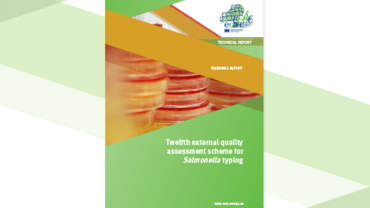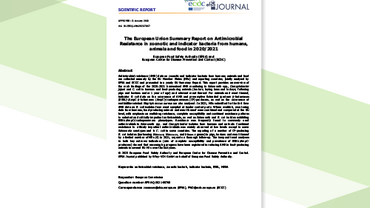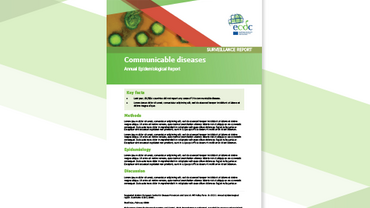Fourth external quality assessment scheme for Salmonella typing
This report presents the results of the 4th round of the Salmonella External Quality Assessment (EQA) scheme for typing of Salmonella enterica spp.
Executive summary
The main objective of the fourth EQA scheme is to assess the quality of the typing methods Pulsed Field Gel Electrophoresis (PFGE), Multiple Locus Variable number of tandem repeat Analysis (MLVA) and phage typing. The objective is also to see if comparable results can be obtained between participating public health national reference laboratories in EU/EEA and EU candidate countries. This fourth EQA scheme for typing of Salmonella is the first EQA that includes molecular typing methods.
ECDC’s external quality assessment (EQA) schemes are designed to evaluate the performance of laboratories, to identify areas for improvement in laboratory diagnostics relevant to disease surveillance and to ensure comparability of results between laboratories in EU/EEA countries.
The majority of the laboratories were able to produce a PFGE gel of sufficiently high quality to allow for the profiles to be comparable to profiles obtained by other laboratories.
- The MLVA typing results indicate that the majority of the participating laboratories were able to perform the critical calibration of raw data and use the agreed nomenclature.
- The results showed a fairly good quality of Typhimurium phage typing whereas more incorrect phage types were reported for the Enteritidis scheme.
This EQA demonstrated that a majority of the participating laboratories were able to produce good typing results. Less than half of the laboratories produced results that need to be improved before inter-laboratory exchange of data. However, for the majority of the identified technical issues an acceptable quality is within reach by optimisation of procedures in laboratories, trouble-shooting assistance, and training.
Salmonellosis is the second most commonly reported zoonotic disease in EU/EEA with a notification rate about 21 cases per 100 000 population. ECDC is responsible for the EU-wide surveillance of salmonellosis, including the facilitation of the detection and investigation of foodborne outbreaks.






